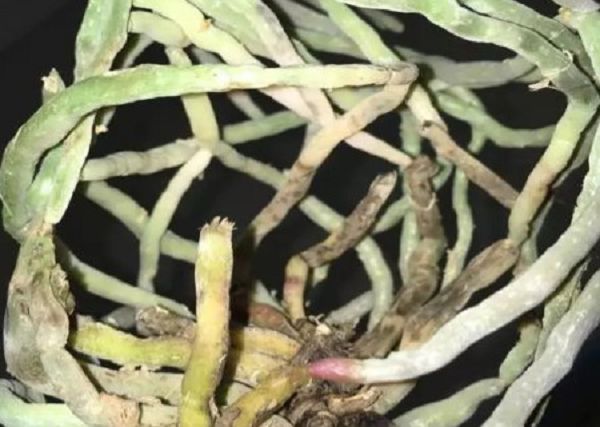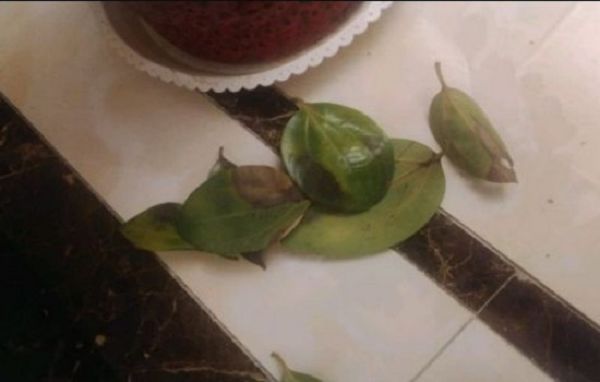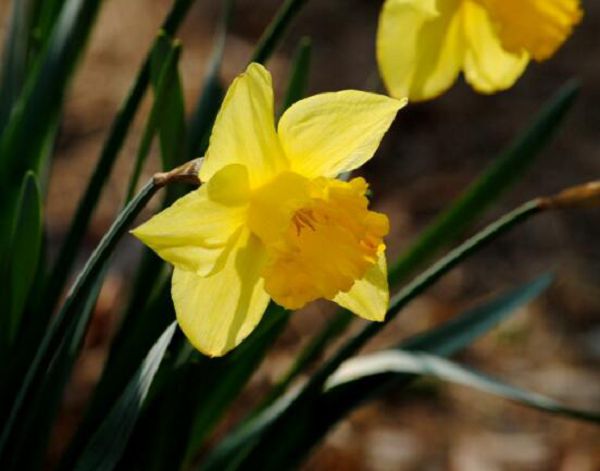How to change water moss in Phalaenopsis

Most of the planting media of Phalaenopsis are water moss, and changing water moss for Phalaenopsis is also a situation that flower lovers often encounter, whether it is Phalaenopsis sold on the market outside, or Phalaenopsis raised at home, they all need to change their pots regularly. In particular, Phalaenopsis, which has just been bought from the outside, is advised to change the planting material first after returning home. Although changing pots with flowers is a big taboo for growing flowers, it is necessary for Phalaenopsis.
In the north, many people buy Phalaenopsis to go home before and after the Spring Festival, when it is a cold winter, there is heating inside, and the air is often drier. Phalaenopsis sold on the market, plant material filling is too tight, water retention is too strong, breeding buyers who do not understand often like to set up pots to buy home, so death after flowering is the current situation of many people breeding Phalaenopsis. In the north, breeding Phalaenopsis with water moss, changing pots in time and filling water moss reasonably is the key to raising Phalaenopsis.
The basic steps of changing water moss in Phalaenopsis are as follows:
Step 1: take out Phalaenopsis from the original basin, remove the old water moss, remove the dried and rotten roots, and soak in the disinfectant for half an hour. The disinfectant can be mixed with water with carbendazim or hydrogen peroxide at 1:5 (100ml hydrogen peroxide with 500ml water). As carbendazim is toxic, I often use hydrogen peroxide disinfection, safety does not affect human health.
Step 2: after disinfection, take out and dry for one or two hours, then dry until Langen is white and moist.
Step 3: after disinfecting the new water moss with boiled water at high temperature, squeeze out the excess water until you can't squeeze out the water, just like a wrung-out towel, moist but not wet.
Step 4: hold the Phalaenopsis upside down and tuck the dried water moss into the middle of the root to a tight degree of seven or eight minutes.
Step 5: after stuffing the water moss in the middle of the root, wrap the outer root with the water moss, then plug the Phalaenopsis into the basin, and put some small pieces of plastic foam board into the basin bottom in advance (increase the permeability of the basin bottom and create a water layer at the same time. It is not easy to rot the root).
Step 6: after getting into the basin, press the water moss around the edge of the basin with your fingers, then continue to fill the water moss and continue to press until the water moss is tight (the water moss is slightly elastic). Be careful not to press the middle position of the basin, otherwise it is easy to break the orchid root.
Step 7: after putting on the basin, put it in a place with weak light for half a month (Yin culture will promote the root to grow faster and pass through the basin period quickly), and gradually increase the light. Orchids that have just changed pots can not be watered directly, but must be kept dry for a period of time until they have passed the pot period (the orchid stems basically have new roots to sprout, which will take about a month). Before taking the basin, if the basin is dry, spray it with a spray can, do not spray too much water, otherwise it is easy to rot the root. By the same token, fertilizers are not allowed during the potted period.
Step 8: after patient maintenance through the basin period, you can return to normal fertilizer and water management.
Do not water after potting, leave it in the place of scattered light and maintain for a week. Normal maintenance, such as the surface water moss dry, in a spray way to water, until the bottom of the water flow, do not need all the water moss are wet, let alone soak the basin. Breeding in this way can not only change pots all the year round, but also save many dying Phalaenopsis and make it blossom every year.
Phalaenopsis is often cultured with water moss, and the poor quality water moss will generally rot in a year or so. If the new water moss is not replaced in time, it will easily lead to rotten roots, thus affecting the healthy growth and even flowering of Phalaenopsis. Generally speaking, the quality of water moss is poor in China, better in Chile (especially in Chile) and the best in New Zealand (the price is also the most expensive, but it can take two or three years).
Related
- Fuxing push coffee new agricultural production and marketing class: lack of small-scale processing plants
- Jujube rice field leisure farm deep ploughing Yilan for five years to create a space for organic food and play
- Nongyu Farm-A trial of organic papaya for brave women with advanced technology
- Four points for attention in the prevention and control of diseases and insect pests of edible fungi
- How to add nutrient solution to Edible Fungi
- Is there any good way to control edible fungus mites?
- Open Inoculation Technology of Edible Fungi
- Is there any clever way to use fertilizer for edible fungus in winter?
- What agents are used to kill the pathogens of edible fungi in the mushroom shed?
- Rapid drying of Edible Fungi



